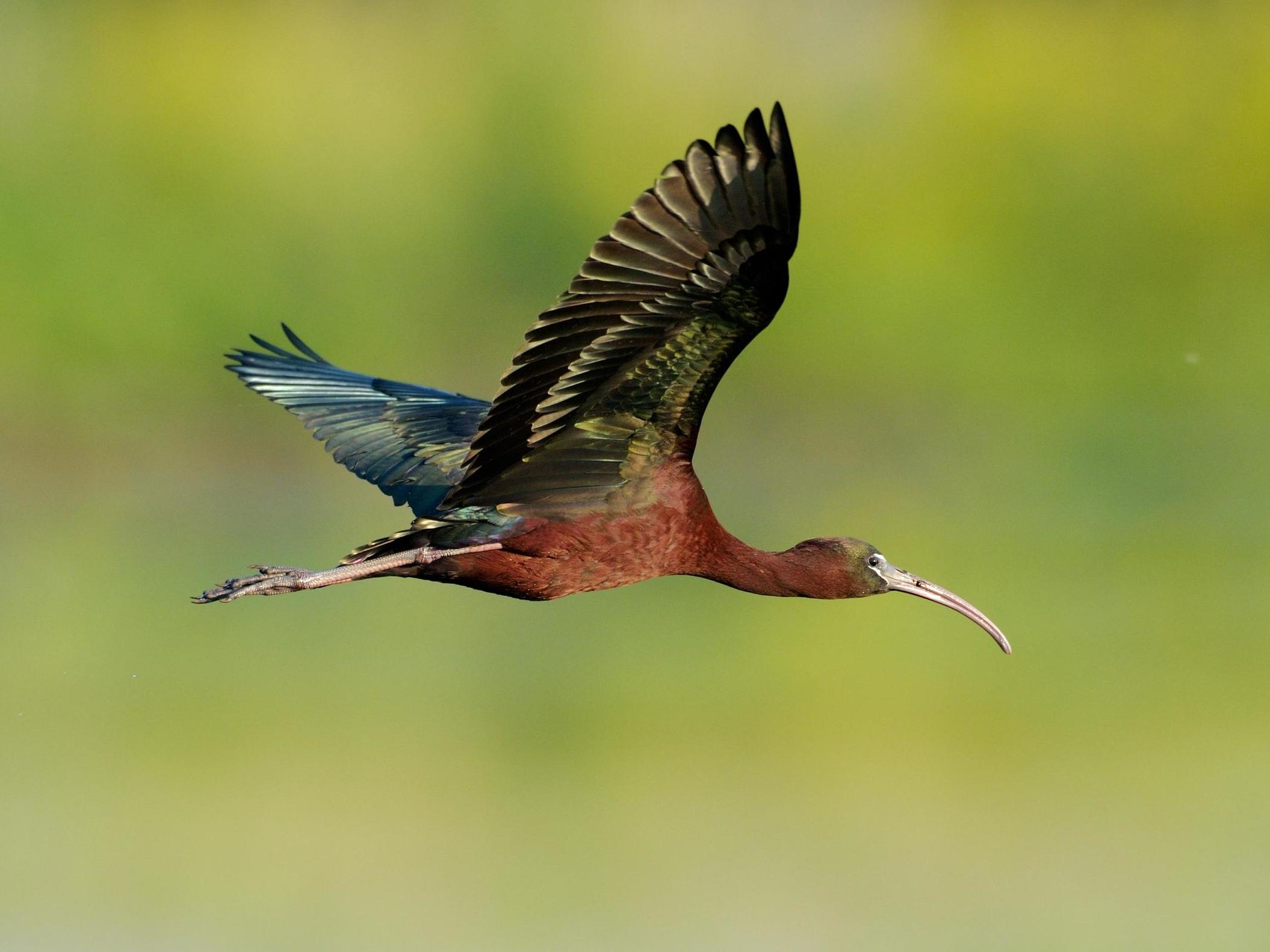This website uses cookies so that we can provide you with the best user experience possible. Cookie information is stored in your browser and performs functions such as recognising you when you return to our website and helping our team to understand which sections of the website you find most interesting and useful.

Hundreds of bird populations in India are collapsing, according to a major new report.
Researchers using data collected by more than 15,000 birdwatchers examined trends over a 25-year period, and also over the last five years, and in both cases found numbers had declined overall.
Over the last quarter of a century there is data available for 261 species – 52 per cent of which were found to be decreasing in number.
And over the past five years, data available for 146 species revealed almost 80 per cent of them were declining.
Overall there are 101 species now classified as of “high conservation concern”, according to the State of India’s Birds 2020 report.
Created with Sketch.
Created with Sketch.
1/12
Cackling chimpanzee in Kenya
Manoj and Shah/Comedy Wildlife Photography Awards
2/12
A baby orangutan stuffs its mother's face in Tanjung Putin National Park, Indonesia
Dea Starling/Comedy Wildlife Photography Awards
3/12
Hippos emerge after a dip in Mana Pools National Park, Zimbabwe
David Fettes/Comedy Wildlife Photography Awards
4/12
A great egret rides an elephant in Amboseli National Park, Kenya
Adwait Aphale/Comedy Wildlife Photography Awards
5/12
A rabbit chews on a thistle
Kevin Sawford/Comedy Wildlife Photography Awards
6/12
A thick billed crow holds up a stellers sea eagle in Japan
Isobel Wayrick/Comedy Wildlife Photography Awards
7/12
A giraffe puckers up
Yee Cheung Cody Yim/Comedy Wildlife Photography Awards
8/12
A golden-tailed gecko helps out a friend
Max Jackson/Comedy Wildlife Photography Awards
9/12
Bison obeys the sign in Yellowstone National Park, USA
Dave Valvo/Comedy Wildlife Photography Awards
10/12
Red squirrel grabs for a nut in Germany
Annelie Henn/Comedy Wildlife Photography Awards
11/12
Bears play in North Macedonia
Goran Anastasovski/Comedy Wildlife Photography Awards
12/12
A grasshopper peeks out
Minghui Yuan/Comedy Wildlife Photography Awards
1/12
Cackling chimpanzee in Kenya
Manoj and Shah/Comedy Wildlife Photography Awards
2/12
A baby orangutan stuffs its mother's face in Tanjung Putin National Park, Indonesia
Dea Starling/Comedy Wildlife Photography Awards
3/12
Hippos emerge after a dip in Mana Pools National Park, Zimbabwe
David Fettes/Comedy Wildlife Photography Awards
4/12
A great egret rides an elephant in Amboseli National Park, Kenya
Adwait Aphale/Comedy Wildlife Photography Awards
5/12
A rabbit chews on a thistle
Kevin Sawford/Comedy Wildlife Photography Awards
6/12
A thick billed crow holds up a stellers sea eagle in Japan
Isobel Wayrick/Comedy Wildlife Photography Awards
7/12
A giraffe puckers up
Yee Cheung Cody Yim/Comedy Wildlife Photography Awards
8/12
A golden-tailed gecko helps out a friend
Max Jackson/Comedy Wildlife Photography Awards
9/12
Bison obeys the sign in Yellowstone National Park, USA
Dave Valvo/Comedy Wildlife Photography Awards
10/12
Red squirrel grabs for a nut in Germany
Annelie Henn/Comedy Wildlife Photography Awards
11/12
Bears play in North Macedonia
Goran Anastasovski/Comedy Wildlife Photography Awards
12/12
A grasshopper peeks out
Minghui Yuan/Comedy Wildlife Photography Awards
The groups showing the greatest decline are birds of prey, migratory shorebirds, and highly-adapted habitat specialists which live in specific ecosystems, the report said.
“The report highlights common species that are declining sharply. These need conservation attention before their numbers reduce further,” said Dr R Jayapal of Sálim Ali Centre for Ornithology and Natural History.
This overall decline in species demands research into the causes, and action to protect those most at risk, the authors said.
They have called for renewed focus on India’s conservation policy, management and funding models in order to protect remaining populations.
Dr Dhananjai Mohan of the Wildlife Institute of India said: “Earlier, many conservation decisions pertaining to birds were not based on much evidence. This report helps to bring much-needed data to bear on these issues.”
The research was based on more than 10 million observations by birdwatchers, which were collated on eBird – a global crowdsourced database.
Despite the overall declines, the figures revealed some bird species had seen their numbers rise.
India’s national bird, the Indian peafowl, has increased dramatically over the past decades, as have other species including the pigeon, the glossy ibis and the rosy starling.
“Birds are excellent indicators of the state of our natural world and potent cultural symbols of nature. The report is a significant step forward in our understanding of India’s rich and varied biodiversity and its conservation,” the authors said.
“We hope that this information translates into many voices being raised for bird conservation, both among conservation bodies, and the general public,” said Dr Mousumi Ghosh of India’s National Centre for Biological Sciences and part of the team who worked on the report.
Species that have suffered the highest declines in the past 25+ years:
- White-rumped Vulture
- Richard’s Pipit
- Indian Vulture
- Large-billed Leaf Warbler
- Pacific Golden Plover
- Curlew Sandpiper
Species that have increased the most in the past 25+ years:
- Rosy Starling
- Feral Pigeon
- Glossy Ibis
- Plain Prinia
- Ashy Prinia
- Indian Peafowl
Across the world animals, plants and their shared ecosystems face grave existential threats due to anthropomorphic climate change, habitat loss, and industrial farming techniques, which use fertilisers and insecticides.
Scientists have claimed humanity has now entered the world’s sixth mass extinction event, with some describing it as the biggest, most rapid global biodiversity crisis since the dinosaurs were wiped out.
A US study published this month suggested in just 50 years’ time, one-third of all plant and animal species on the planet could become extinct largely due to climate change.
As well as in India, bird populations are also declining across Europe, and ecologists warned of an “ecological Armageddon” when a 2017 study revealed flying insect numbers had plummeted by 75 per cent in Germany.



 Africana55 Radio
Africana55 Radio 

